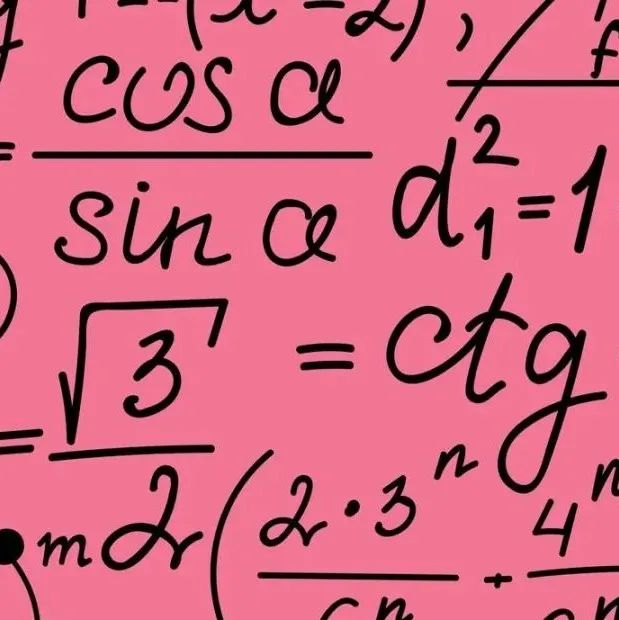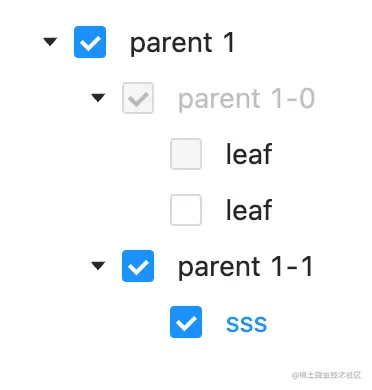具有标量的PyTorch乘法张量产生零向量
具有标量的PyTorch乘法张量产生零向量
提问于 2018-11-25 11:33:35
我不知道为什么张量的结果都是0。这里有什么问题吗?
>>> import torch
>>> import numpy as np
>>> import math
>>> torch.__version__
'0.4.1'
>>> np.__version__
'1.15.4'
>>> torch.arange(0, 10, 2) *-(math.log(10000.0) / 10)
tensor([0, 0, 0, 0, 0])
>>> np.arange(0, 10, 2) *-(math.log(10000.0) / 10)
array([-0. , -1.84206807, -3.68413615, -5.52620422, -7.3682723 ])
>>> torch.arange(0, 10, 2)
tensor([0, 2, 4, 6, 8])
>>> np.arange(0, 10, 2)
array([0, 2, 4, 6, 8])回答 1
Stack Overflow用户
回答已采纳
发布于 2018-11-25 11:54:43
正如注释中所写的,当使用0.4.0时,会得到与使用numpy相同的结果:
tensor([-0.0000, -1.8421, -3.6841, -5.5262, -7.3683])然而,对于0.4.1,我也得到了一个零向量。
这是因为torch.arange(0, 10, 2)为0.4.0返回float类型的张量,而为0.4.1返回long类型的张量。
因此,将张量转换为float应该对您有效:
torch.arange(0, 10, 2).float() *-(math.log(10000.0) / 10)将long和float相乘是通过重四舍五入实现的,因为结果仍然是long类型的张量。因此,在将FloatTensor转换为LongTensor时,介于-1和1之间的值将四舍五入为0。
因为-(math.log(10000.0) / 10)结果是-0.9210340371976183,所以你的结果是0。因此,在乘法之前,有效地将-0.9210340371976183转换为long类型。但在将其向下转换为0时,请参见此示例:
t = torch.tensor((-(math.log(10000.0) / 10)))
print('FloatTensor:', t)
print('Converted to Long:', t.long())输出:
FloatTensor: tensor(-0.9210)
Converted to Long: tensor(0)因此:
torch.arange(0, 10, 2).float() *-(math.log(10000.0) / 10)变成:
torch.arange(0, 10, 2).float() * 0因此,你会得到一个零张量作为结果。
更多的例子:
如果将其与1和2之间的值相乘,假设为1.7,它将始终四舍五入为1:
t = torch.tensor(range(5), dtype=torch.long)
print(t)
print(t * 1.7)输出:
tensor([ 0, 1, 2, 3, 4])
tensor([ 0, 1, 2, 3, 4])类似地,当与2.7相乘导致2的有效相乘时
t = torch.tensor(range(5), dtype=torch.long)
print(t)
print(t * 2.7)输出:
tensor([ 0, 1, 2, 3, 4])
tensor([ 0, 2, 4, 6, 8])页面原文内容由Stack Overflow提供。腾讯云小微IT领域专用引擎提供翻译支持
原文链接:
https://stackoverflow.com/questions/53467011
复制相似问题








![[C#] 用委托表示回调](https://ask.qcloudimg.com/http-save/yehe-8197675/426a3eb7690906241287d8135243f006.png)




